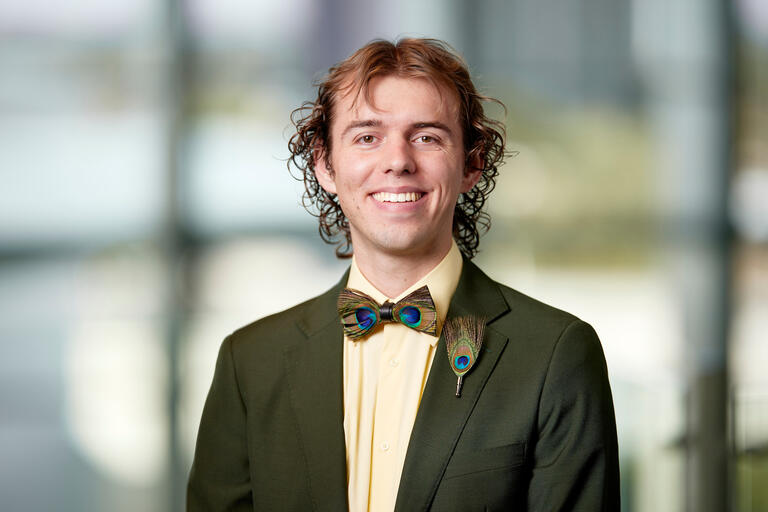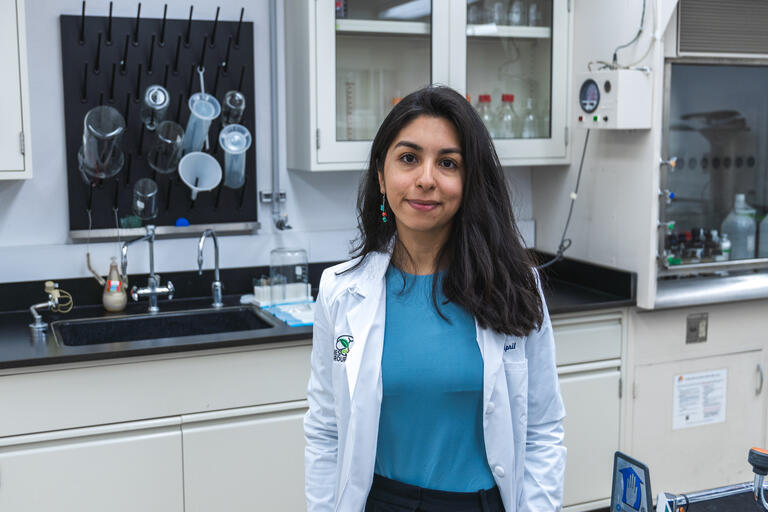The more you talk with Dr. Buddhadeb Dawn, the more you realize this physician-scientist is a perfect fit for the new UNLV School of Medicine.
Here, the new chair of the department of internal medicine can work from ground up.
“When I think of my career, I realize it is the career of a program builder,” said the native of India. “When I was at the University of Louisville School of Medicine, my charge was to build a stem cell program there. When that job was done — we had successful clinical trials — I went on to the University of Kansas School of Medicine.”
In Kansas he was the founding director of the Cardiovascular Research Institute and the Midwest Stem Cell Therapy Center.
Timely Conversation
In 2017, a conversation he had with Dr. Barbara Atkinson, founding dean of the UNLV School of Medicine, started him thinking about the positive challenges he would find at the first allopathic medical school in Southern Nevada.
“I saw a huge opportunity for someone who enjoys building, implementing his plans,” he said. “I am truly excited about being at this new medical school, teaching, mentoring.”
Dr. Michael Gardner, vice dean of clinical affairs at the medical school, is equally enthusiastic about the new professor’s presence in Las Vegas. “We look forward to him and his team continuing their groundbreaking research in the use of stem cells to treat damaged myocardial cells after an infarction (heart attack),” Gardner said.
Stem Cell Research
Research into the use of adult stem cells, which have the potential to grow into a variety of heart cell types, has been very promising, Dawn said. He has seen evidence in trials that the use of adult stem cells can repair and regenerate damaged heart tissue. That is important because after a heart attack the damaged portions of the heart become unable to pump blood as efficiently as they once could. That frequently translates into people facing a lifetime of maintenance therapy — medications and other treatments aimed at preventing another heart attack and helping the heart work more efficiently.
“I have seen numerous patients improve who have been treated with stem cells,” he said.
Dawn’s research work, much of it involving stem cells, has been published in peer-reviewed publications on more than 170 occasions. He has been the principal investigator or sub-investigator in 36 clinical trials. Researchers from as far away as China, Switzerland, and Poland have invited him to present his research findings.
Early Days
As successful as he has been in medicine, Dawn first wanted to be either an astrophysicist or a nuclear physicist. “However, my maternal grandfather and great-grandfather were doctors, so my mother wanted me to be a doctor. She used to say there needs to be a doctor in the family.” Though he was admitted into engineering school, seven days later he switched to medical school.
“I didn’t want to disappoint my mother,” he said, smiling. “It turned out to be a great decision.”
Dawn grew up in a small town about 50 miles from Kolkata, India. His father is a mining engineer and the family spent several years in India’s coal belt.
“I enjoyed going down into the coal mines with my father, though I almost got killed once,” he said. “A huge chunk of coal broke off and almost hit me, but I didn’t stop going with my father. I wanted to be in the trenches, with the workers.”
After finishing medical school and post-graduate training in India, he realized he wanted to work with patients as well as do research. In India, he said, he had to choose one or the other. He found England to be much the same way. Only in America did he learn he could combine both of his interests at academic medical centers affiliated with universities. He did a residency in internal medicine at the University of Missouri and a fellowship in cardiology at the University of Louisville, where he stayed for nearly a decade.
Why Cardiology?
“Cardiology provided the natural outlet for my passion for physics,” he said. “Cardiology uses many principles from physics. It uses many mechanical concepts. So clinical outcomes and phenomena can be explained logically, rather than having to memorize facts. Cardiology is also an area where treatments can make a huge difference for patients — often the difference between life and death.”
Why is research so important to him? “I am a naturally curious person. Research helps us find answers to questions — and many of those answers may lead to cures for patients. I was not content with simply practicing medicine, I wanted to advance it.”
To Dawn, stem cell research has the potential to change the way medicine is practiced. “Indeed, if we knew the secrets of stem cells, we would be able to reverse many natural as well as pathological processes, such as aging, heart failure.”
As a cardiologist, he said what he enjoys most is “treating the whole patient. I never focus on the heart alone. Often patients who come to me with heart problems have bigger issues elsewhere. I enjoy helping the patient with many ancillary problems that are more difficult to cure, while treating the cardiovascular problem, which is often easy to diagnose and treat.”
Dawn said he has learned much from caring for patients.
“Life is too short to be focused on yourself,” he said. “It is much more fulfilling to help others heal — and to help the next generation to succeed. We are truly privileged to have this opportunity in academic medicine.”



